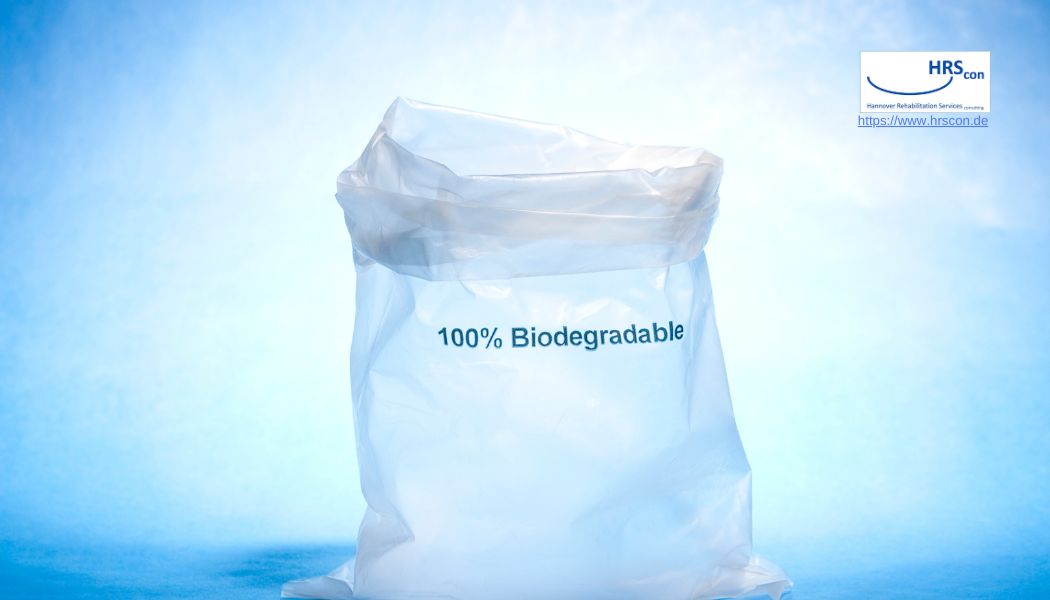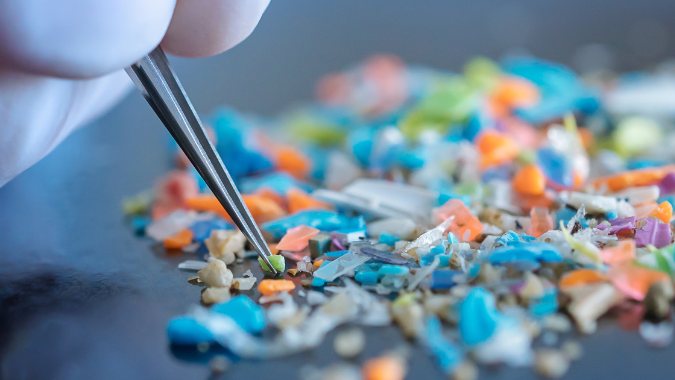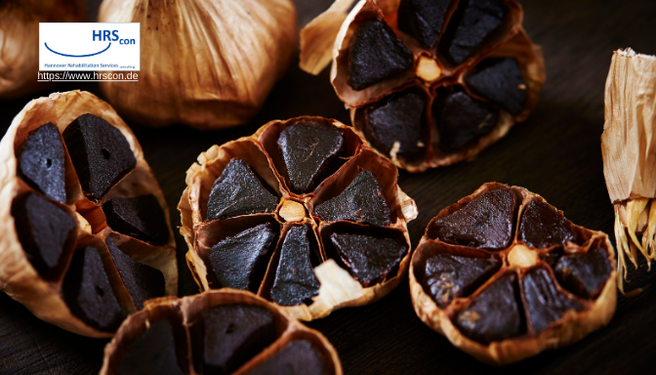A recent study published in the journal Materials investigated the degradation behaviors of biodegradable products under different abiotic and biotic conditions. The research focused on the degradation of three common biodegradable items: polylactic acid (PLA) cups, cellulose cups, and sugarcane plates, in stabilized compost environments.
Overview of the Study
The primary aim was to determine if these biodegradable products could be effectively degraded in backyard composting conditions. The research also evaluated how crucial abiotic factors like temperature and pH influence the degradation process. Fourier-transform infrared (FTIR) spectroscopy was utilized to analyze changes in the biopolymers.
Key Findings
- Temperature Influence on PLA Degradation:
- PLA cups exhibited observable degradation at both tested temperatures (38°C and 59°C).
- Complete disintegration was only achieved at the higher temperature (59°C) after six weeks of incubation in mature compost.
- Challenges with Cellulose-Based Products:
- Cellulose cups, although labeled biodegradable, required additional attention due to incorporated additives that could alter composting processes.
- Optimal composting conditions were not always met, leading to incomplete degradation.
- Comprehensive Degradation Process:
- The study underscored that the disintegration of biodegradable products is a complex process requiring detailed evaluation during composting.
- Biodegradable products could degrade post-composting, indicating that simple physical treatments might remove microplastic pollution from soil.
Significance of Biodegradable Polymers
The global production capacity for bioplastics is expected to increase significantly, from approximately 2.42 million tons in 2021 to around 7.59 million tons per year by 2026. Despite this growth, bioplastics still represent a small fraction of the total plastic production, which was 367 million tons per year in 2020. Interest in bioplastics is increasing due to their potential environmental benefits.
Biopolymers and bioplastics are categorized into two main groups: biobased and biodegradable plastics. Biobased refers to materials derived from biomass, while biodegradable plastics are those that can undergo biodegradation. However, not all biobased biopolymers are biodegradable. For instance, PBAT (polybutylene adipate terephthalate) and PBS (polybutylene succinate) are biodegradable but are fossil-based products.
Challenges and Misconceptions
The term “biodegradable” is sometimes misused for marketing purposes, leading to consumer confusion. The biodegradation of these plastics depends on various factors such as humidity, temperature, pH, salinity, and the presence or absence of oxygen, sunlight, and water. These conditions not only affect the degradation of abiotic polymers but also significantly influence the growth and diversity of microorganisms and their enzymatic activity during composting.
When biodegradable polymers are released into the environment, they initially break down into smaller fragments through non-enzymatic processes like photolysis and chemical hydrolysis. These fragments are then further degraded by enzymes produced by microorganisms, ultimately leading to mineralization. The rate of biodegradation is primarily influenced by the type of polymer, which serves as a source of carbon and energy for microorganisms.
Composting as a Solution
Favorable conditions for the decomposition of biodegradable polymers are typically met during the composting process, which can occur on both industrial and domestic scales. However, a significant challenge is that many biodegradable bioplastics are compounded with pro-oxidative additives. These additives require specific conditions, such as sufficient oxygen, which are often only available in industrial composting facilities, not in home composting setups. This can lead to incomplete degradation and the formation of microplastics, which pose environmental and health risks.
Study Methodology
The study evaluated the degradation of three marketed single-use biodegradable products without certifications and specific component information: PLA cups, sugarcane cups, and cellulose plates. These products were tested in home composting conditions over six weeks, with the compost’s initial moisture content at 62.4%. The experiment involved placing the products in compost and monitoring their degradation under different temperature conditions (38°C and 59°C).
Experimental Setup
- Biodegradable products were cut into strips and placed in compost or empty vessels for abiotic conditions.
- Weekly, the samples were cleaned, weighed, and analyzed for chemical structure changes using FTIR spectroscopy.
- Compost samples were also analyzed for moisture content, loss on ignition, pH, electrolytic conductivity, and nutrient content.
Results and Analysis
- PLA Degradation:
- PLA cups showed degradation at both temperatures but required higher temperatures for complete disintegration.
- The abiotic conditions also influenced the degradation rate, emphasizing the need for optimal composting conditions.
- Cellulose and Sugarcane Products:
- Cellulose cups required careful monitoring due to additives that could affect composting.
- Sugarcane plates showed consistent degradation patterns, but complete disintegration was not always achieved.
Conclusion
The study highlights the complexity of biodegradation processes for different biodegradable products and the importance of understanding the specific conditions required for effective composting. It also emphasizes the need for proper labeling and certification of biodegradable products to ensure they meet the necessary standards for environmental safety. Furthermore, the research suggests that while biodegradable products offer a potential solution to plastic pollution, their effective degradation requires careful management and optimal composting conditions.
Future Implications
This research provides valuable insights for improving the degradation of biodegradable products in composting environments. It calls for further studies to explore the long-term impacts of biodegradable polymers on soil health and the potential for removing microplastic pollution through composting. As the production and use of bioplastics continue to grow, understanding their degradation behaviors will be crucial in mitigating environmental impacts and promoting sustainable waste management practices.




